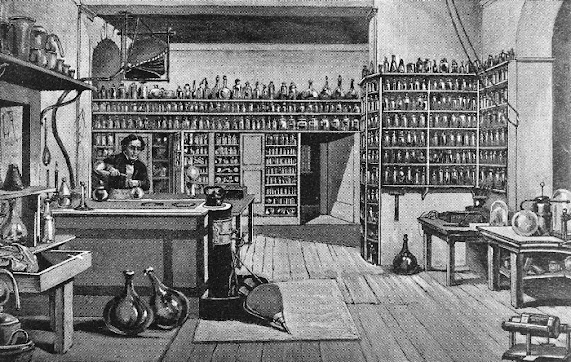Other Gothic Correlation
Edgar Allan Poe was a part of the Romanticism movement, as well as one of the first and main contributors to the Gothic Genre in the United States. There are other gothic time periods such as late 12th to 16th century. An interesting correlation between both Poe's gothic era and the gothic era in Europe during the medieval times, are the innovations in farming and the power of water.
Edgar Allan Poe was born after the invention if the cotton gin (Eli Whitney, 1803), and the automated flour mill (Oliver Evans, 1780s), and was around for the horse-drawn mechanical reaper (Cyrus McCormick, 1830s). This could've influenced his writing subconsciously. During the 1100s, farming advances such as the horse collar, which was invented after horses were found to be better than oxen, the heavy wheeled plow and watermills. Another common factor was the advancement in trade transportation. Steamboats and railroads being built in the 1800s were the equivalent to better roads being built to support the growing mining industry.
Gothic Architecture from the middle ages was created influenced by the new engineering and technology being built for the time. Inventions such as the Rib Vault, which allowed vaults to be built for the first time over rectangles of unequal lengths, as well as accelerated the use of scaffolding to create such intricate buildings. Even the wheelbarrowed appeared between 1170 and 1250 in north-western Europe. Notre-Dame in Paris started construction in 1163 and opened in 1345. It was one of the first buildings that made use of the flying buttress (the arches along the side of a church), which was not planned at first. It took over 200 years to complete due to the plans changing, and the overall changing of technology.
Notre-Dame Basilica of MontrealNotre Dame





Comments
Post a Comment